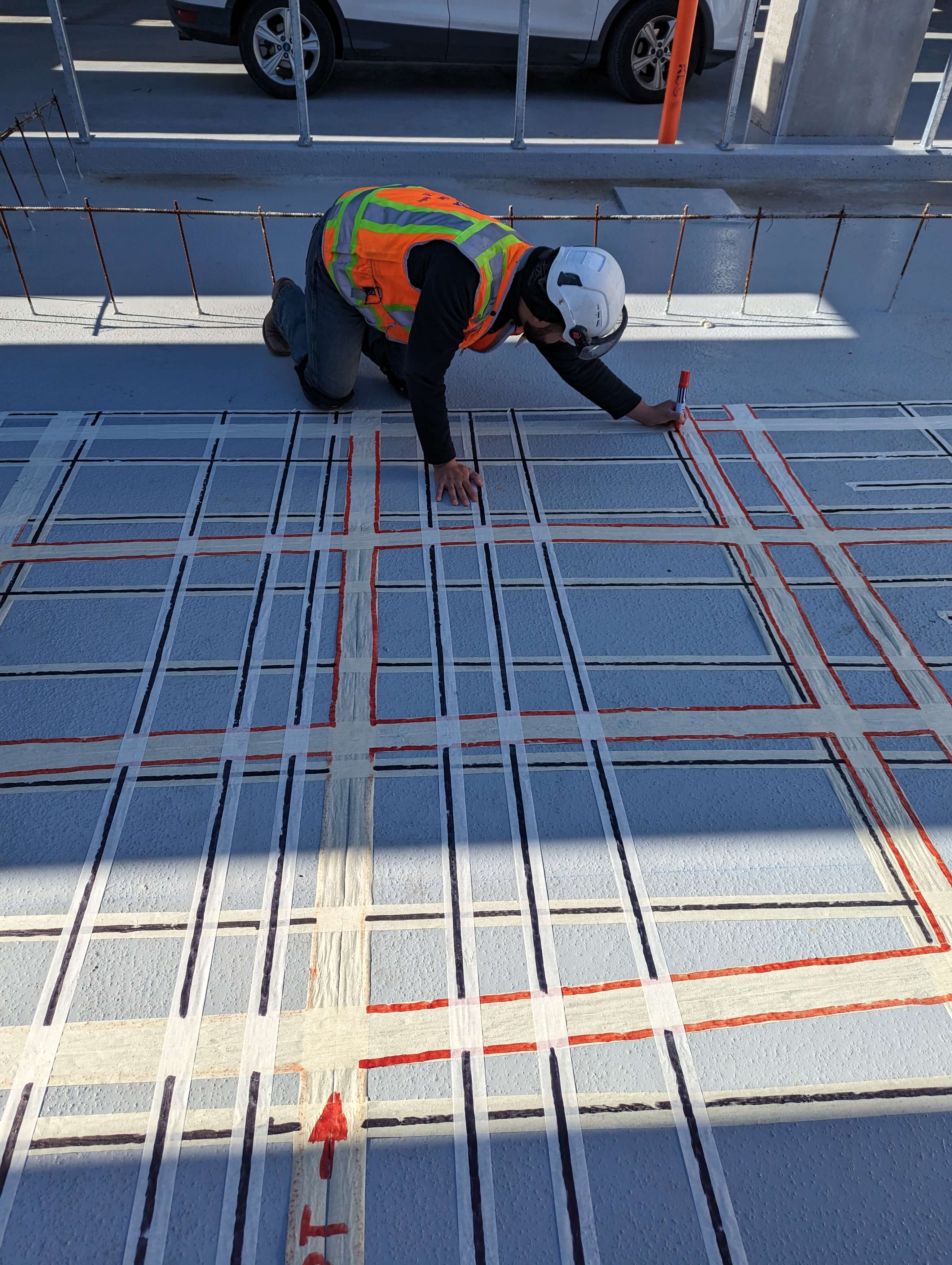In-Depth Insights into Concrete Scanning Procedures
In-Depth Insights into Concrete Scanning Procedures
Blog Article
Unveil the Transformative Power of Concrete Scanning in Making Best Use Of Performance and Security
Concrete scanning has actually become an essential tool in the building and construction sector, offering unmatched advantages in improving task effectiveness and making certain security criteria. By using sophisticated modern technology, concrete scanning permits experts to see beyond the surface, revealing covert intricacies that can affect the architectural stability of a building. The transformative power of concrete scanning depends on its ability to provide real-time data and detailed insights, revolutionizing just how projects are prepared and executed. As we delve into the ins and outs of this ingenious method, a globe of possibilities opens, showcasing a brand-new age of building techniques that focus on precision and protection.
Importance of Concrete Scanning
Making sure the structural stability and safety and security of building projects begins with the crucial action of performing comprehensive concrete scanning. Concrete scanning is a non-destructive approach made use of to detect and map subsurface elements within concrete structures.
Additionally, concrete scanning assists in optimizing job timelines and budget by preventing unanticipated costs and hold-ups that may arise due to unpredicted blockages within the concrete. Eventually, spending in detailed concrete scanning is an aggressive strategy that improves both efficiency and safety and security in construction projects.
How Concrete Scanning Functions
Concrete scanning runs as a vital device in building and construction projects by using innovative modern technologies to discover and map subsurface elements without triggering structural damage. Ground Passing Through Radar (GPR) and Electromagnetic Induction (EMI) are two key approaches used in concrete scanning.
During the scanning procedure, the information gathered is evaluated in real-time, allowing instant recognition of potential threats or obstacles under the surface area. This info help in decision-making, making certain that building and construction activities proceed securely and effectively. Furthermore, 3D imaging software application can be made use of to develop comprehensive maps of the subsurface components, further improving job planning and implementation. By utilizing these sophisticated innovations, concrete scanning significantly reduces the threat of expensive problems and injuries on building and construction websites.
Advantages of Concrete Scanning
One of the primary benefits of concrete scanning is the capability to spot and locate embedded things such as rebar, post-tension cords, and channels precisely. Concrete scanning aids in preparation and making a lot more effectively, as it provides specific info regarding the place and depth of structural components.

Instance Research Studies: Concrete Scanning Success

In another situation, a construction firm used 3D concrete scanning to analyze the problem of maturing concrete frameworks in a historic structure. The comprehensive scans supplied valuable insights into the degree of wear and tear and aided prioritize maintenance efforts properly. By proactively addressing locations of worry recognized via scanning, the company was able to expand the life-span of the structure and make certain occupant safety and security.
These instance studies highlight the transformative power of concrete scanning in boosting efficiency, precision, and safety and security in building and construction jobs.
Implementing Concrete Scanning in Projects
Applying advanced scanning innovations during construction jobs has actually become progressively vital for boosting precision and security. By integrating concrete scanning into project preparation and implementation, building teams can see post recognize prospective dangers, such as rebar or post-tension cords, concealed within concrete structures. This aggressive method reduces the threat of accidents, delays, and pricey rework, inevitably resulting in much more efficient project timelines and spending plans.
To execute concrete scanning efficiently, job managers should team up very closely with seasoned scanning experts to determine one of the most ideal scanning techniques for the specific job demands. Engaging scanning professionals from the onset of a job enables the team to develop extensive scanning plans that deal with crucial areas of worry and guarantee complete information collection.
Additionally, integrating concrete scanning right into normal project process can enhance decision-making processes, as real-time check data offers instant understandings into the my site problem of concrete structures - Concrete Scanning. This data-driven strategy facilitates educated problem-solving and makes it possible for teams to make adjustments without delay, cultivating a culture of performance and safety and security throughout the task lifecycle

Conclusion
Finally, concrete scanning plays a critical role in boosting performance and safety and security in building and construction projects. By using innovative technology to map and find out underlying structures within concrete, this procedure aids to stop costly mistakes, ensure structural honesty, and minimize risks on site. With the capacity to reveal covert components and offer accurate data, concrete scanning shows to be a useful tool for enhancing job outcomes and taking full advantage of overall success.
Concrete scanning is a non-destructive method made use of to spot and map subsurface elements within concrete structures. Furthermore, concrete scanning aids in optimizing task timelines and budget plan by staying clear of unexpected expenses and delays that may emerge due to unexpected obstructions within the concrete. One noteworthy case research involves a large-scale remodelling job where concrete scanning played an essential role in making sure job success.In another situation, a building business made use of 3D concrete scanning to this content assess the condition of aging concrete frameworks in a historic building. By incorporating concrete scanning into job planning and execution, building groups can identify prospective threats, such as rebar or post-tension cables, hidden within concrete frameworks.
Report this page